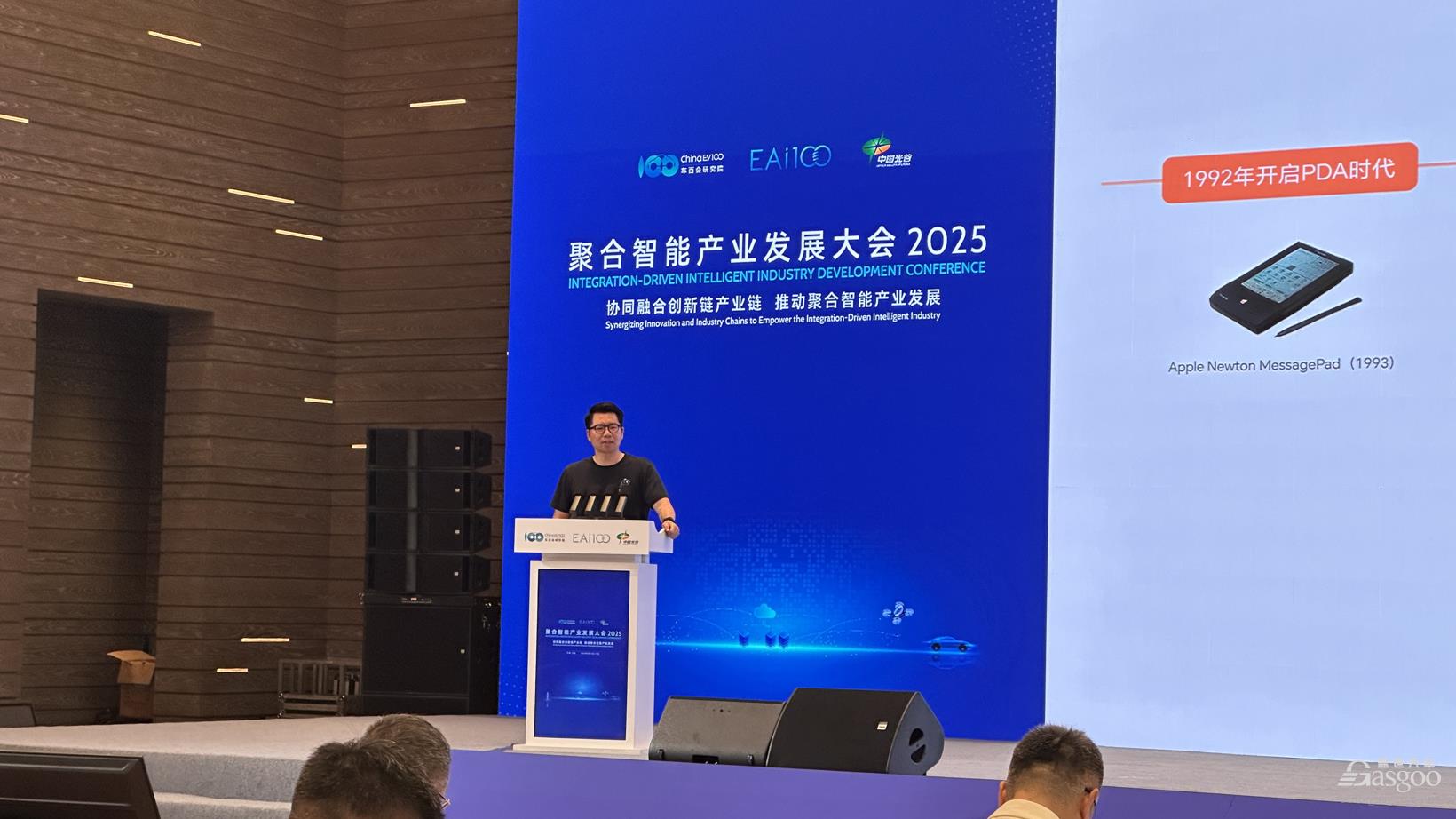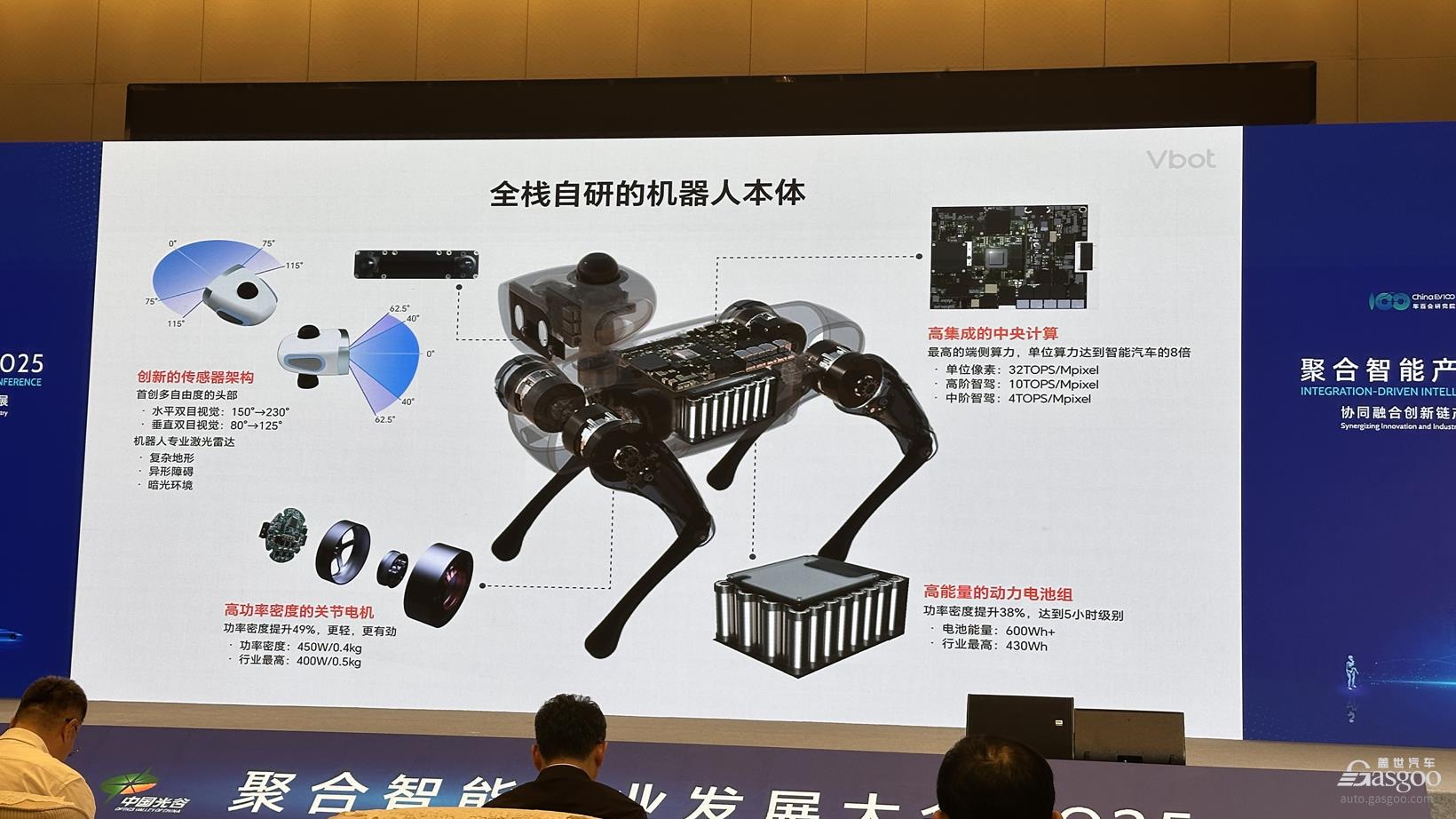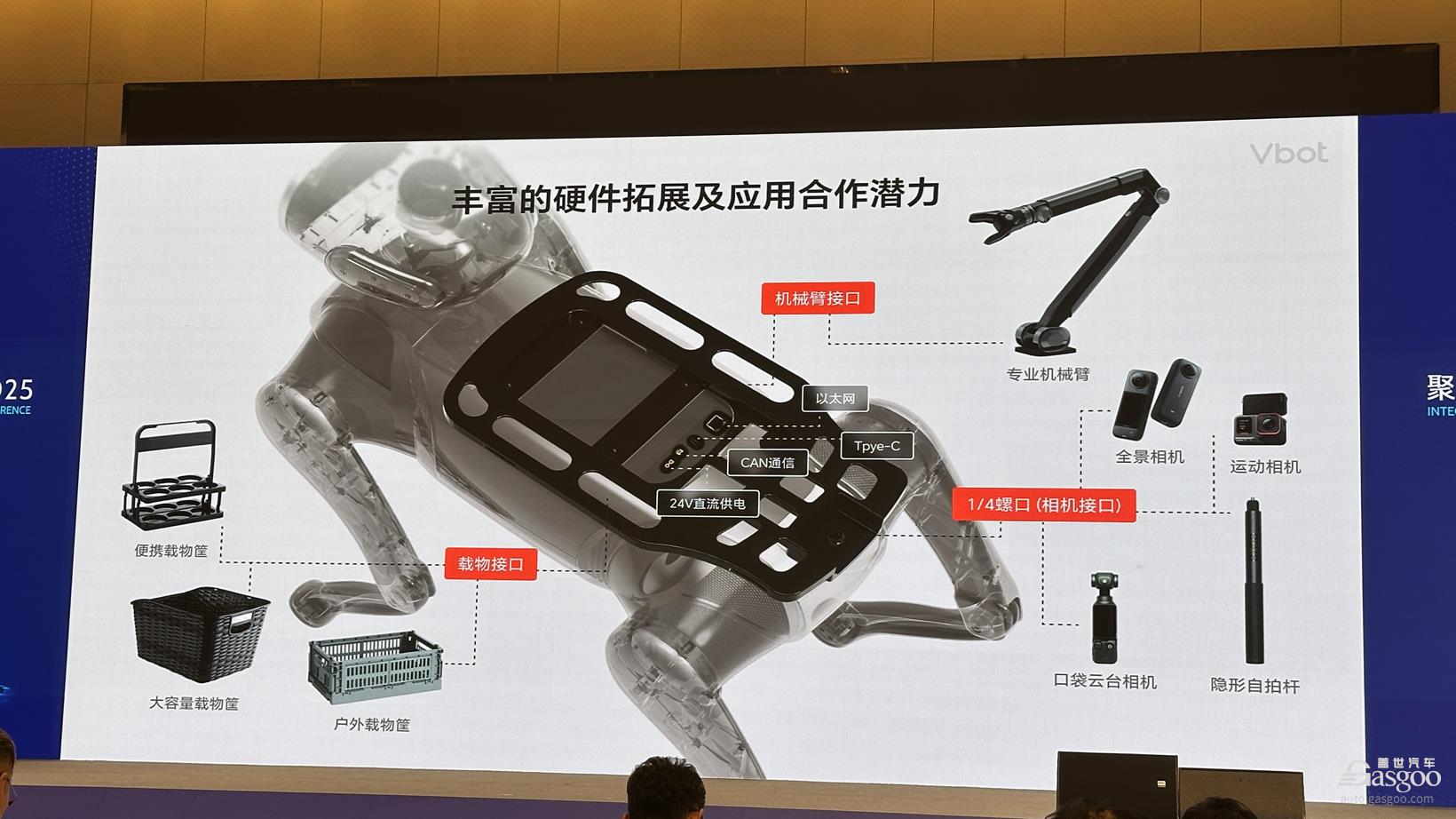Zhao Zhelun: Next Year's Robot Dog Market Will Exceed 70,000 Units, Vitapower Will Capture 60%
"Next year, the domestic quadruped robot dog market is expected to reach a scale of 70,000 to 80,000 units, and we anticipate capturing 60% of the market share," said Zhao Zhelun, co-founder of Vita Power, when asked about future projections during the first "2025 Aggregate Intelligence Industry Development Conference". This prediction quickly sparked discussion.

What is surprising is not only why a company that has yet to scale production would dare to set such a high market target for its first year of sales; it is even more noteworthy that last year's total market size was only about 20,000 units, and according to industry forecasts, it will be difficult to exceed 30,000 units this year. This means that a growth of more than double is expected next year, indicating that the entire quadruped robotic dog market is on the verge of explosive growth.
Quadruped robotic dogs accelerate "landing" and enter a critical stage of engineering.
Compared to the humanoid robots that only officially entered the public eye during this year's Spring Festival Gala, quadruped robotic dogs have long been familiar to the public. Just looking back four years, Yushu Technology's robotic dog went from the Spring Festival stage to the athletics field at the Hangzhou Asian Games, serving as an intelligent transporter for equipment such as discus and javelin. In the same year, Xiaopeng Motors also launched its first quadruped robotic horse, further expanding the public's perception of legged robots. This year, during the September 3rd "Military Parade" segment, the quadruped robotic dogs in the standing square unit once again drew public attention back from the hot humanoid robots to this technological path.
In terms of morphology and mobility, quadruped robotic dogs draw inspiration from the structural characteristics of four-legged animals in nature. They can not only achieve stable autonomous walking but also traverse rugged and complex terrains. Their core capabilities include highly flexible gait control, automatic obstacle avoidance, and multi-terrain adaptability. With the assistance of advanced legged motion controllers, they can enter special environments that are difficult for humans to reach. As a result, they demonstrate significant application potential in various fields such as industrial inspection, military reconnaissance, and consumer entertainment.
Zhao Zhelun's analysis suggests that the application scenarios for robots can be roughly divided into "outdoor" and "indoor" categories. Outdoor environments place extremely high demands on the mobility of robots, making legged structures almost a necessity. In contrast, indoor scenarios emphasize the precision of a robot's upper limb operations and human-machine interaction capabilities, with relatively relaxed requirements for mobility methods.
Based on this judgment, VITADYN has clearly chosen the "quadruped robot dog" as its first product to enter the consumer-grade robot market. Zhao Zhelun pointed out that the quadruped structure is considered "one of the most stable forms" in robot bodies. With its all-terrain capability and excellent environmental adaptability, it can autonomously navigate through the complex scenarios of human daily life.

From the perspective of technological maturity, quadruped robots are at a critical stage of moving from "proof of concept" to "engineering implementation." According to the latest data from IDC, the global market size for quadruped robotic dogs will exceed $180 million in 2024, with shipments of approximately 20,000 units. Industry forecasts indicate that overall shipments are expected to rise to 28,000 units by 2025. From Boston Dynamics' Spot to Unitree Robotics' Go series, the hardware platforms of quadruped robotic dogs have undergone multiple iterations, and as the supply chain gradually matures, the overall cost of the machines continues to decline.
Based on this, VITAHOME is committed to integrating perception and decision-making algorithms from the autonomous driving field, and introducing the natural language interaction capabilities provided by large models. The goal is to create a consumer-grade robotic dog that not only possesses stable motion performance but also has an intelligent mind—"truly useful and interesting."
The "iPhone moment" for the robotics industry has not yet arrived; delving into scenarios is the core.
"Real Artists Ship," a classic saying by Steve Jobs, is repeatedly emphasized by Zhao Zhelun from Weitah Power. In his view, only by delivering products can technology truly withstand market testing, and companies can build sustainable barriers from commercial returns, talent attraction to technological iteration.
Although significant breakthroughs have been made in quadruped robotic dog technology and corresponding products have been successfully launched, Zhao Zhelun is keenly aware that the robotics industry is still in the "Walkman stage" and has not yet reached the "iPhone moment."
He emphasized that users' acceptance of new technology products typically goes through three progressive stages: the technology demonstration phase, the productization phase, and the commercialization phase. Currently, the vast majority of enterprises remain stuck in the first two stages, where they can achieve basic functionality and reliability, but have yet to resolve the fundamental issue of "what actual value does it bring to users," and have also failed to balance the commercial equation between "practicality" and "price."
Zhao Zhelun believes that the current core challenge in the industry is not to pursue general-purpose robots, but to deeply explore vertical scenarios, focusing on applications that have real demand. "The key is how to effectively apply spatial mobility technology in a specific vertical scenario to help users address needs that were previously unsolvable, and to tackle demands that cannot be met by corresponding prices."
Based on this idea, Vitarobot positions its first robot as a "fun and useful" household companion. It can not only autonomously complete daily tasks such as fetching deliveries, taking out the trash, and picking up takeout but also provide exercise companionship, record family status, and even take on the role of a "household steward."
What is more worthy of attention than a single function is Zhao Zhelun's strategic vision of robots as "universal mobile bases." In an interview, he revealed that the first generation of Weita Power's products has reserved complete hardware interfaces, supporting the expansion of external devices such as robotic arms, cameras, and gimbals. In the future, it may even connect to projectors, refrigerators, and other household appliances.

"Once robots have good general mobility and can carry diverse hardware, developers will be able to achieve more innovation based on this. It can become a mobile refrigerator, a mobile projector, or even a mobile photographer," he stated. And this is precisely the prerequisite for the birth of a robot operating system (OS).
To accelerate ecological construction, Weita Power has established deep cooperation with supply chain partners such as JD.com, Volcano, Sweet Potato, HESAI, and Yiwei, expecting to achieve large-scale mass production by December this year.
Despite the promising outlook, Zhao Zhelun does not shy away from the challenges currently facing the industry: insufficient data accumulation, persistently high costs, and barriers to user experience. In particular, how to reduce the initial trial costs for consumers and effectively control the return rate are key issues that the team is currently focusing on.
From smart electric vehicles to embodied intelligent robots, Zhao Zhelun and the Vitar Power team are steadily bridging the critical gap from technology to product, and from product to business. As he said, "Robotics is a field that requires 20 to 30 years of long-term commitment," and China's dual advantages in supply chain and market demand are injecting unprecedented acceleration into this industry.
【Copyright and Disclaimer】The above information is collected and organized by PlastMatch. The copyright belongs to the original author. This article is reprinted for the purpose of providing more information, and it does not imply that PlastMatch endorses the views expressed in the article or guarantees its accuracy. If there are any errors in the source attribution or if your legitimate rights have been infringed, please contact us, and we will promptly correct or remove the content. If other media, websites, or individuals use the aforementioned content, they must clearly indicate the original source and origin of the work and assume legal responsibility on their own.
Most Popular
-

List Released! Mexico Announces 50% Tariff On 1,371 China Product Categories
-

EU Changes ELV Regulation Again: Recycled Plastic Content Dispute and Exclusion of Bio-Based Plastics
-

Mexico officially imposes tariffs on 1,400 chinese products, with rates up to 50%
-

Clariant Unveils Cost-Cutting Plan Details, Plans to Shut Down Multiple Plants
-

Nissan Cuts Production of New Leaf EV in Half Due to Battery Shortage






